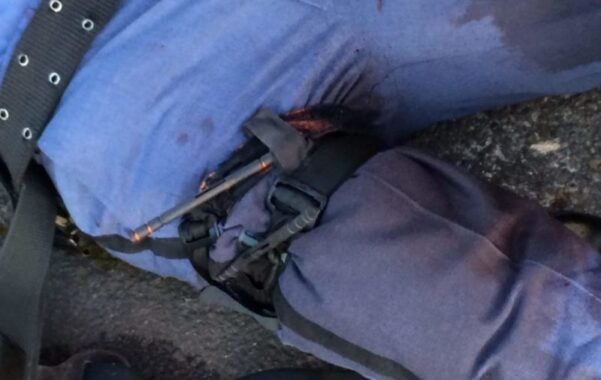
Tourniquets: One may not be enough
- Posted by Mike Shertz MD/18D
- Categories (M) Massive Hemorrhage, Equipment
If you are going to carry a tourniquet, we feel two is the minimum load-out carried on the body.
🕖 Reading Time, 3 minutes
The best data available indicates a 70% occlusion rate of a single tourniquet on a volunteer thigh. This successful occlusion can be increased 10% with the application of a second tourniquet above the first.1
Similarly, there is an Israeli study with data placing tourniquets on Syrian casualties. A single tourniquet was 70% successful and two side by side was 100% successful.2
On an evaluation of 153 casualties during the Global War on Terror, 2.55 tourniquets were used per casualty on average. Certainly, some likely received dual tourniquets on the same limb, while others had single tourniquets applied to several limbs. Granted, this was very disproportionally wound profiles from IED blasts.3 The point is that no matter how many tourniquets you carry with an IED blast, it might not be enough.
This means if you definitely want to be able to control massive hemorrhage from a single thigh wound you need the resources to place two tourniquets, side by side, on the same limb.
If you anticipate IED blasts, you’ll need a lot more.
Preview CourseNot sure? Try a preview TRAIN NOWOnline Tactical Casualty Care Classes
Interested in more? Read our Planning Your IFAK article or download the eBook.
Notes:
1Kragh JF Jr, Walters TJ, Baer DG, Fox CJ, Wade CE, Salinas J, Holcomb JB. Practical use of emergency tourniquets to stop bleeding in major limb trauma. J Trauma. 2008 Feb;64(2 Suppl):S38-49;
2 Benov A, Shkolnik I, Glassberg E, Nadler R, Gendler S, Antebi B, Chen J, Fink N, Bader T. Prehospital trauma experience of the Israel defense forces on the Syrian border 2013-2017. J Trauma Acute Care Surg. 2019 Jul;87(1S Suppl 1):S165-S171.
3Feedback to the Field #12, Review of Tourniquet use in the GWOT.
Dr. Mike Shertz is the Owner and Lead Instructor at Crisis Medicine. Dr. Shertz spent over 30 years gaining the experience and insight to create and provide his comprehensive, science-informed, training to better prepare everyday citizens, law enforcement, EMS, and the military to manage casualties and wounded in high-risk environments. Using a combination of current and historical events, Dr. Shertz’s lectures include relevant, illustrative photos, as well as hands-on demonstrations to demystify the how, why, when to use each emergency medical procedure you need to become a Force Multiplier for Good.



